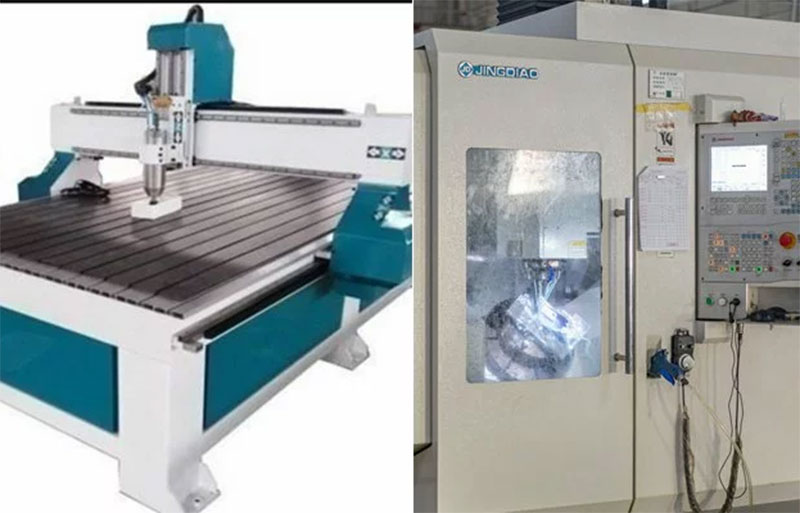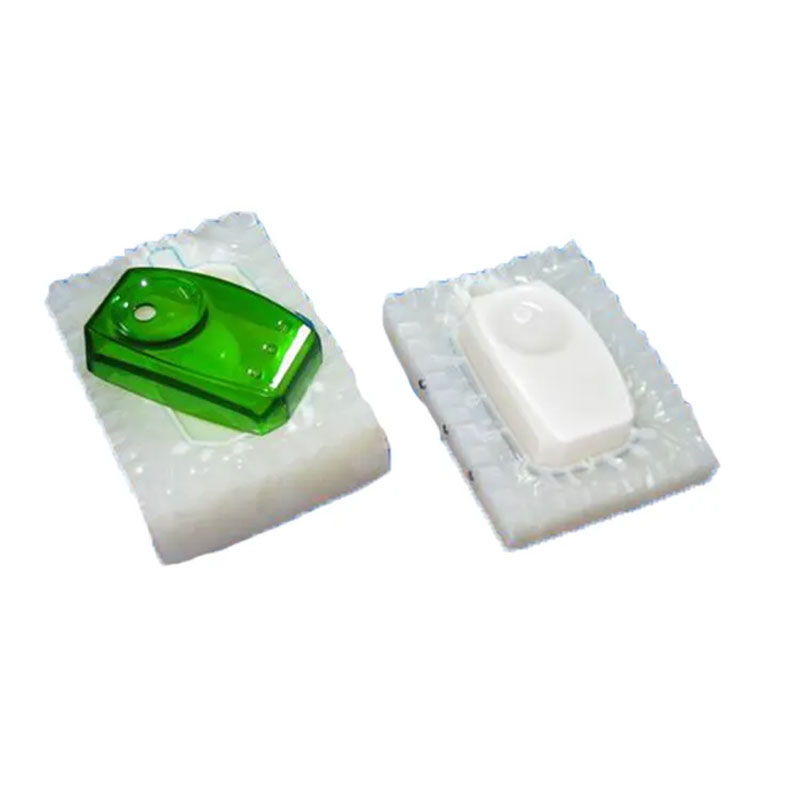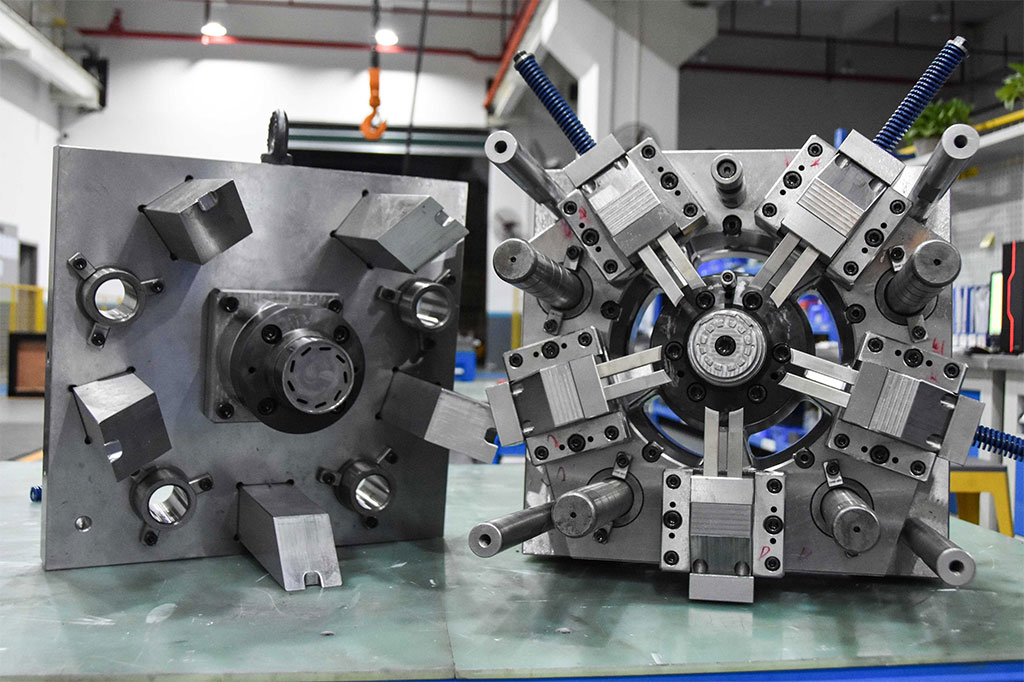This section will focus on the differences between CNC routers vs CNC mills based on the following:

Software Used
While the software used in CNC routers and mills offers CAM/CAD capabilities, they differ. The software in CNC routers is often tailored for more straightforward applications like engraving and sign-making.
In contrast, CNC milling software is equipped with precision engineering functionalities. In light of this, CNC router software is more user-friendly, making it easier for hobbyists to work with, while those of CNC mills are more advanced, requiring technical know-how.
Cutting Operation
Since both machines operate under the influence of computer programs and codes, they create parts, maintaining the intended accuracy and tolerance standards.
However, CNC routers typically struggle with deep cuts, limiting their use in applications requiring deeper cuts or complex geometries. At the same time, CNC mills are specifically known for their ability to make intricate cuts, making them an excellent choice for parts with tight tolerance specifications.
3 axis cnc milling machine
Tooling Selection
CNC routers and CNC Mills are different machines, utilizing distinct tools and equipment for cutting operations. While CNC routers commonly use router bits with cutting, shaping, and engraving profiles, milling centers employ drills, end mills, ball mills, etc., for more specialized metal cutting, milling, and drilling operations.
In addition, because of the vast applications of CNC milling centers, they are compatible with more diverse tooling options than CNC routers.
drill holes with cnc routing
Material Capabilities
In fact, we already hinted at the material capabilities of both devices. CNC routers suit machining softer materials like plastics, resin, composites, and wood. In addition, they may also suit cutting soft metals, particularly non-ferrous ones, like aluminum and magnesium.
In contrast, CNC mills have more machining material options, cutting softer materials and even tougher metals like steel, stainless steel, copper, and titanium. They can ensure high-speed cutting without compromising precision and accuracy when machining these hard materials.
However, we must mention that CNC mills are, in fact, not the best choice for machine-burdensome metals like tungsten carbide and reinforced steel.
Cutting Speed and Feed Rate
Both CNC devices can operate at higher cutting speeds and feed rates, but as we mentioned earlier, CNC routers are faster.
However, the CNC mill’s reduced speed compared to routers may be attributed to the increased design complexities and material hardness they often have to deal with. Moreover, these devices must ensure high precision, regardless of the parts’ intricacies.
Cost
CNC machining devices are generally expensive, requiring an initial investment when acquiring one. However, the costs of these machines may vary depending on sizes, precision standards, and overall capabilities. Therefore, CNC mills are generally more expensive since they offer more robust applications.
Besides, CNC routers are usually cheaper and have lower maintenance and servicing costs, including replacement parts. In fact, there are hobbyist models for individuals who like to engage in DIYs. Therefore, CNC routers may be better for small-scale CNC machine shops, mainly if they focus on simpler and flexible manufacturing.
Precision Standards
CNC routers typically offer lower precision standards than CNC mills. Since they are optimized for fast cutting of softer materials, this results in less accurate dimensional tolerances and surface finishing.
CNC routers’ cutting speeds and feed rates prioritize rapid material removal over achieving tight tolerances. On the other hand, CNC milling centers are known for ensuring high precision and dimensional accuracy when machining challenging materials.
In addition, CNC mills utilize more sophisticated control systems, making it easier for the cutters to navigate rigid structures and ensure accuracy. For example, multi-axis milling devices, like 5-axis milling centers, can simultaneously cut a workpiece in multiple directions.


